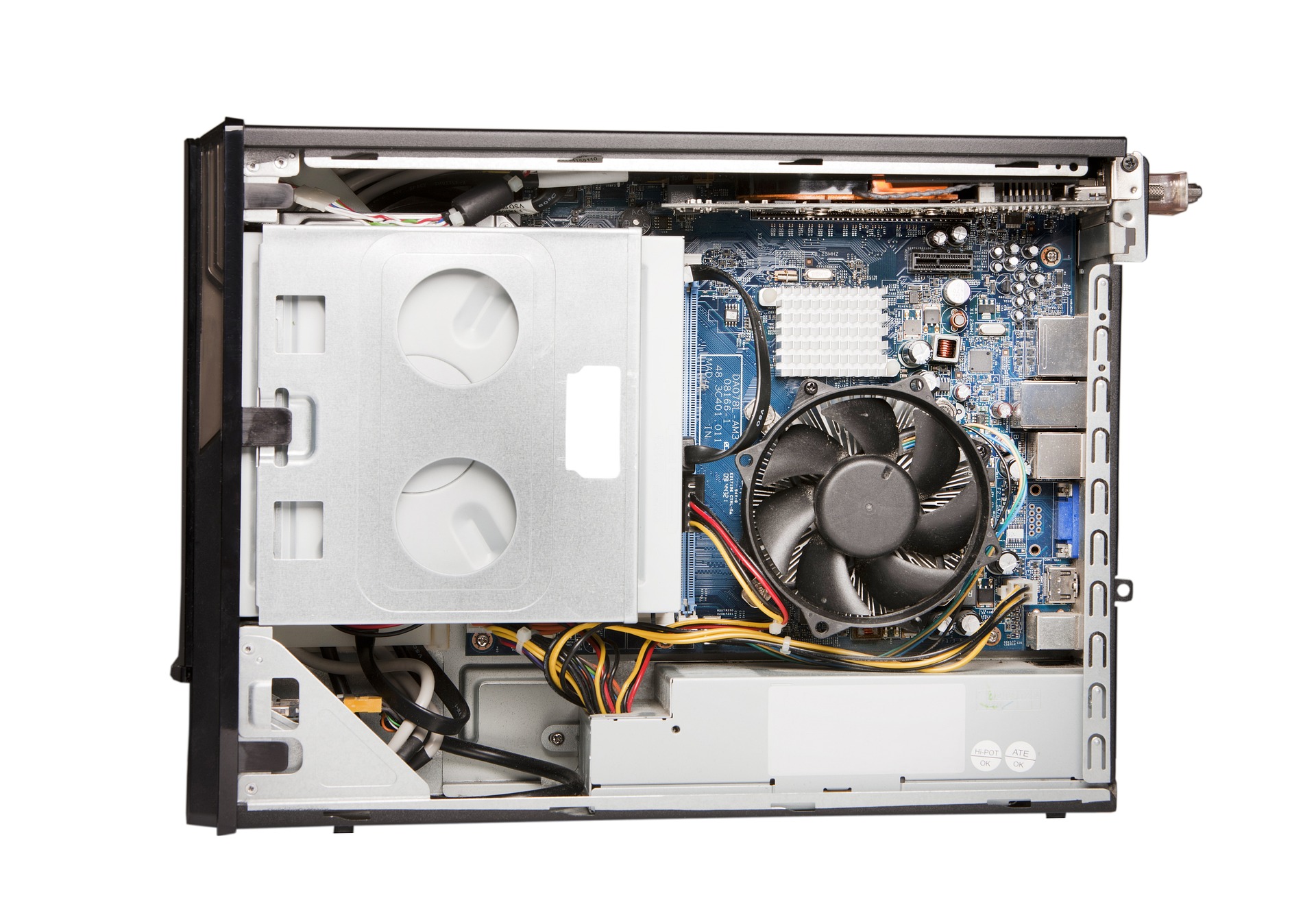Dealing with a frozen desktop computer can be a frustrating experience, disrupting productivity and causing undue stress for users. Fortunately, many common issues that lead to system freezes can be diagnosed and resolved with the right approach. In this extensive guide, we’ll explore various troubleshooting steps and techniques to help users identify and fix freezing problems on their desktop computers.
1. Check Hardware Components:
The first step in troubleshooting a frozen desktop computer is to check the hardware components for any potential issues. Ensure that all cables and connections are securely plugged in and that there are no loose components inside the computer case. Additionally, check for signs of overheating, such as excessive fan noise or hot air emanating from the computer case, as overheating can lead to system freezes.
2. Update Drivers and Software:
Outdated or corrupted device drivers and software can often cause system freezes on desktop computers. To address this issue, users should regularly update their drivers and software to the latest versions available from the manufacturer’s website. This includes drivers for the motherboard, graphics card, network adapter, and other hardware components, as well as operating system updates and software patches.
3. Run System Diagnostics:
Running system diagnostics can help users identify and diagnose hardware and software issues that may be causing system freezes. Many desktop computers come with built-in diagnostic tools that can be accessed during startup by pressing specific key combinations. These tools can perform comprehensive tests on the computer’s hardware components, including the CPU, memory, hard drive, and graphics card, to identify any potential problems.
4. Check for Malware and Viruses:
Malware and viruses can wreak havoc on a desktop computer’s operating system, causing system freezes and other performance issues. To mitigate this risk, users should regularly scan their computers for malware and viruses using reputable antivirus software. If any threats are detected, users should follow the software’s instructions to remove them and restore their system to a healthy state.
5. Adjust Power Settings:
In some cases, power settings configured on the desktop computer may be causing system freezes, particularly if the computer is set to enter sleep or hibernate mode too quickly. To address this issue, users can adjust their power settings in the control panel or system preferences to prevent the computer from entering sleep or hibernate mode during periods of inactivity. Additionally, users can adjust the settings for the computer’s hard drive and monitor to prevent them from turning off prematurely.
6. Monitor Resource Usage:
Excessive resource usage, such as high CPU or memory utilization, can lead to system freezes on desktop computers. Users can monitor resource usage using built-in system monitoring tools or third-party software to identify any processes or applications that may be consuming an excessive amount of resources. Once identified, users can close or disable these processes to alleviate the strain on the system and prevent freezes from occurring.
7. Consider Hardware Upgrades:
If all else fails, users may need to consider upgrading their desktop computer’s hardware components to resolve freezing issues. This could involve upgrading the CPU, adding more memory (RAM), replacing the hard drive with a solid-state drive (SSD), or upgrading the graphics card. By investing in hardware upgrades, users can improve the performance and reliability of their desktop computer, reducing the likelihood of system freezes in the future.
In conclusion, troubleshooting freezing issues on a desktop computer requires patience, diligence, and a systematic approach to identifying and resolving the underlying causes. By following the steps outlined in this guide, users can diagnose and fix freezing problems on their desktop computers, restoring stability and reliability to their systems. So don’t let a frozen computer disrupt your workflow any longer—take action today to resolve the issue and get back to work with confidence.
